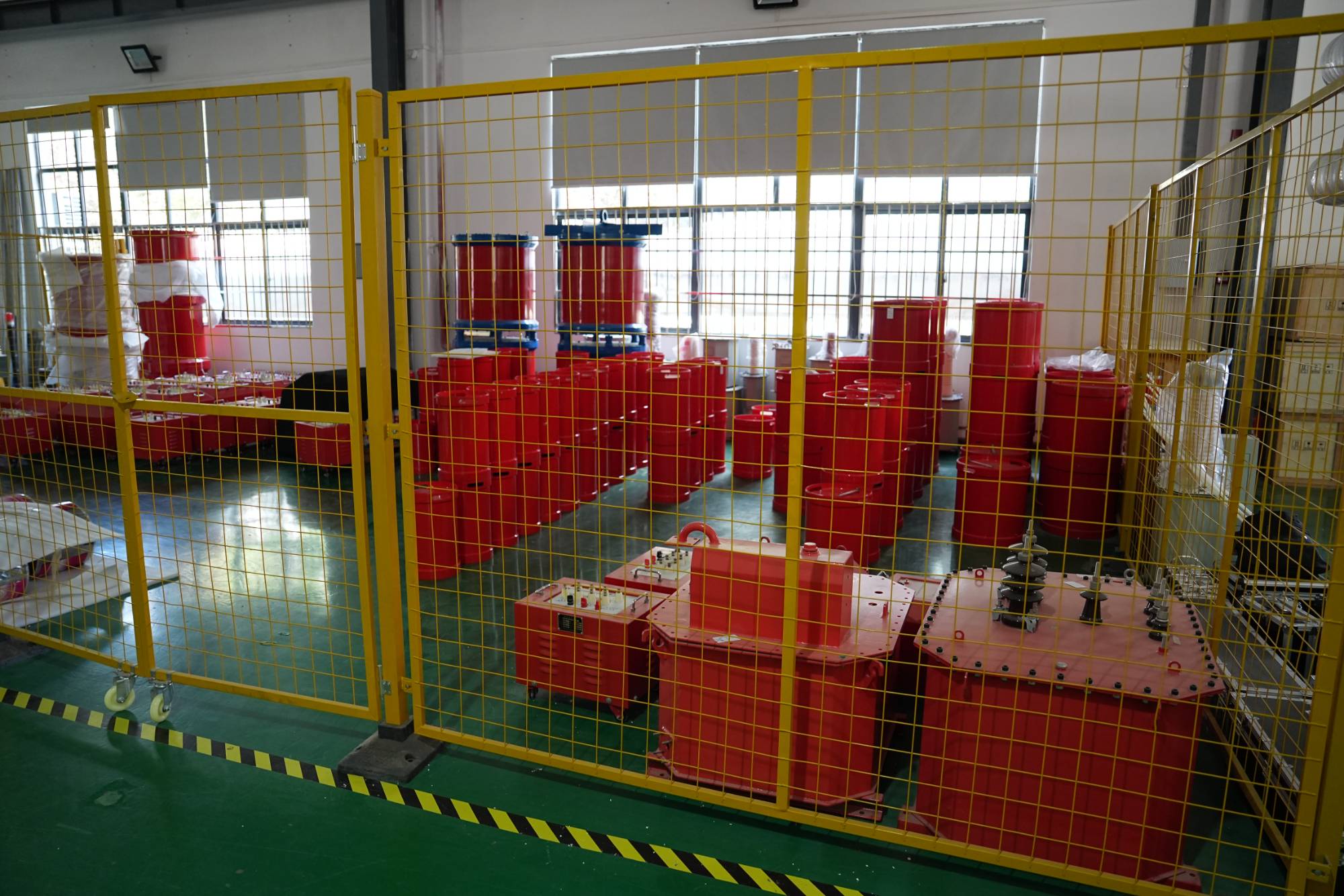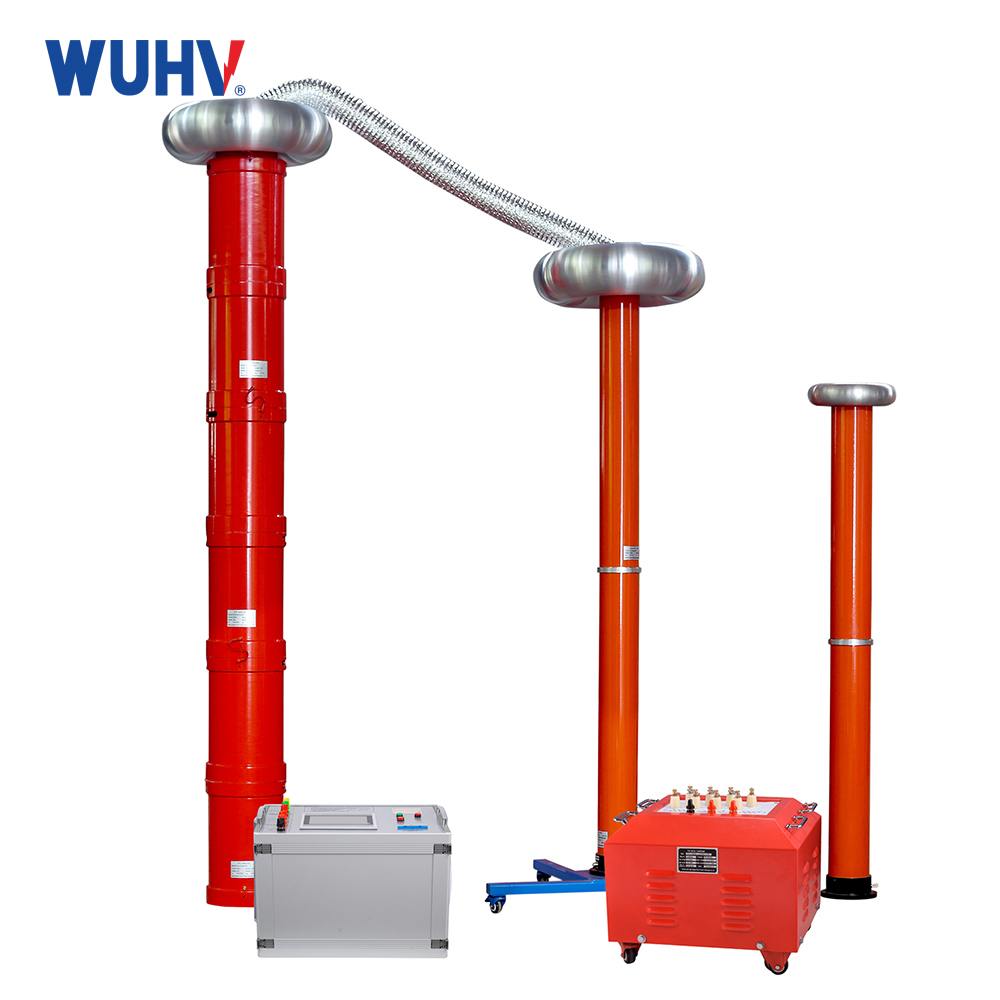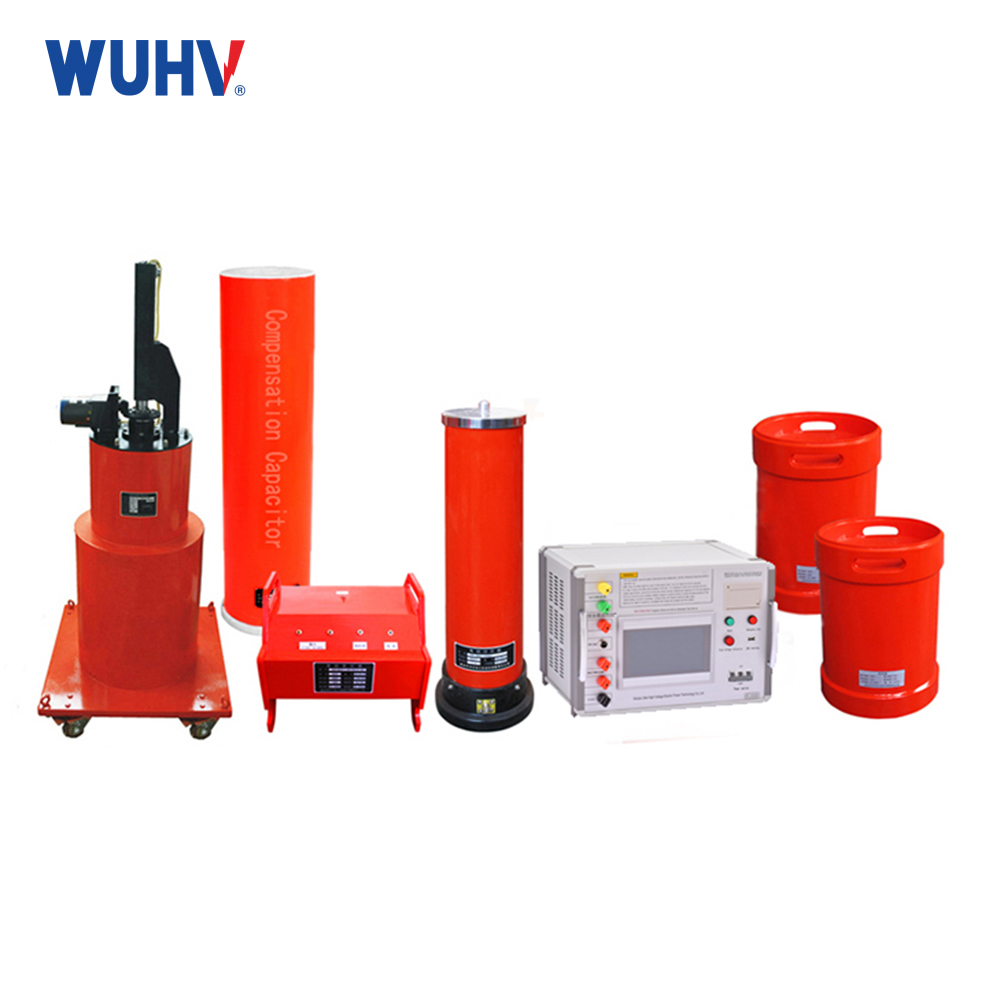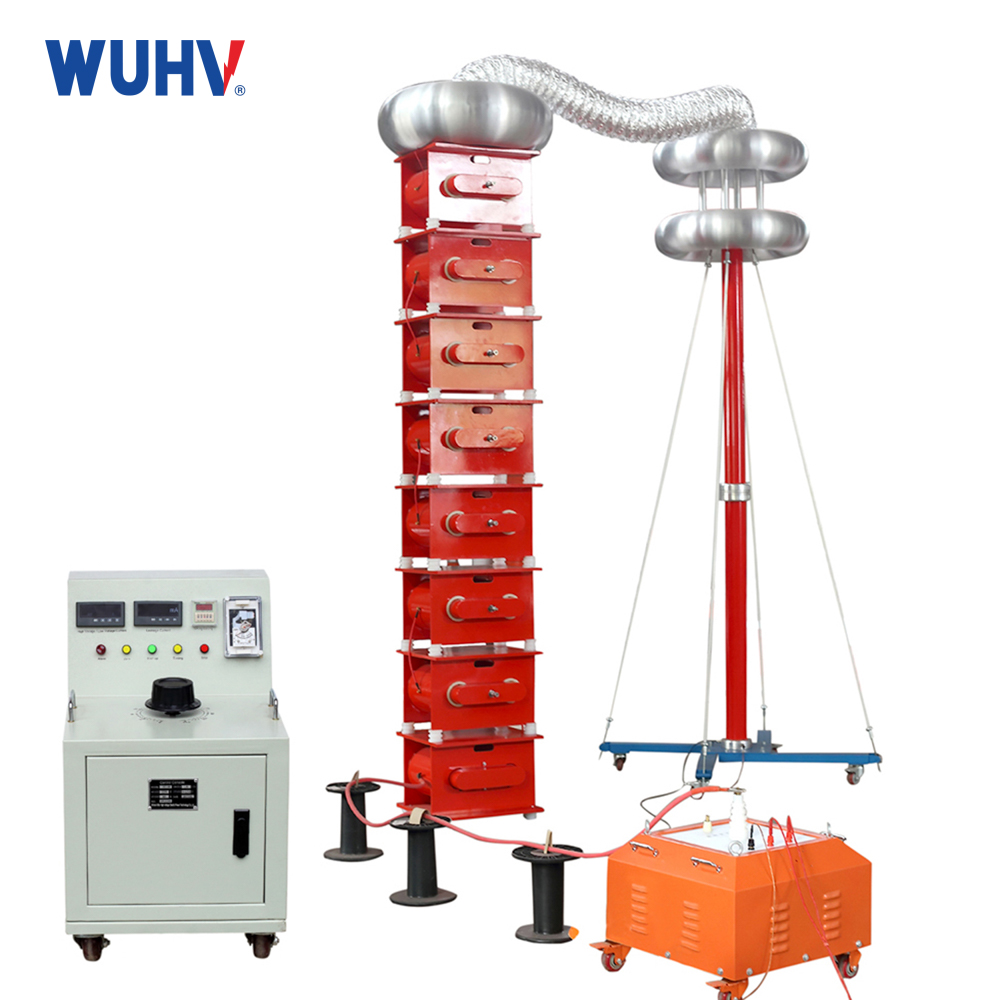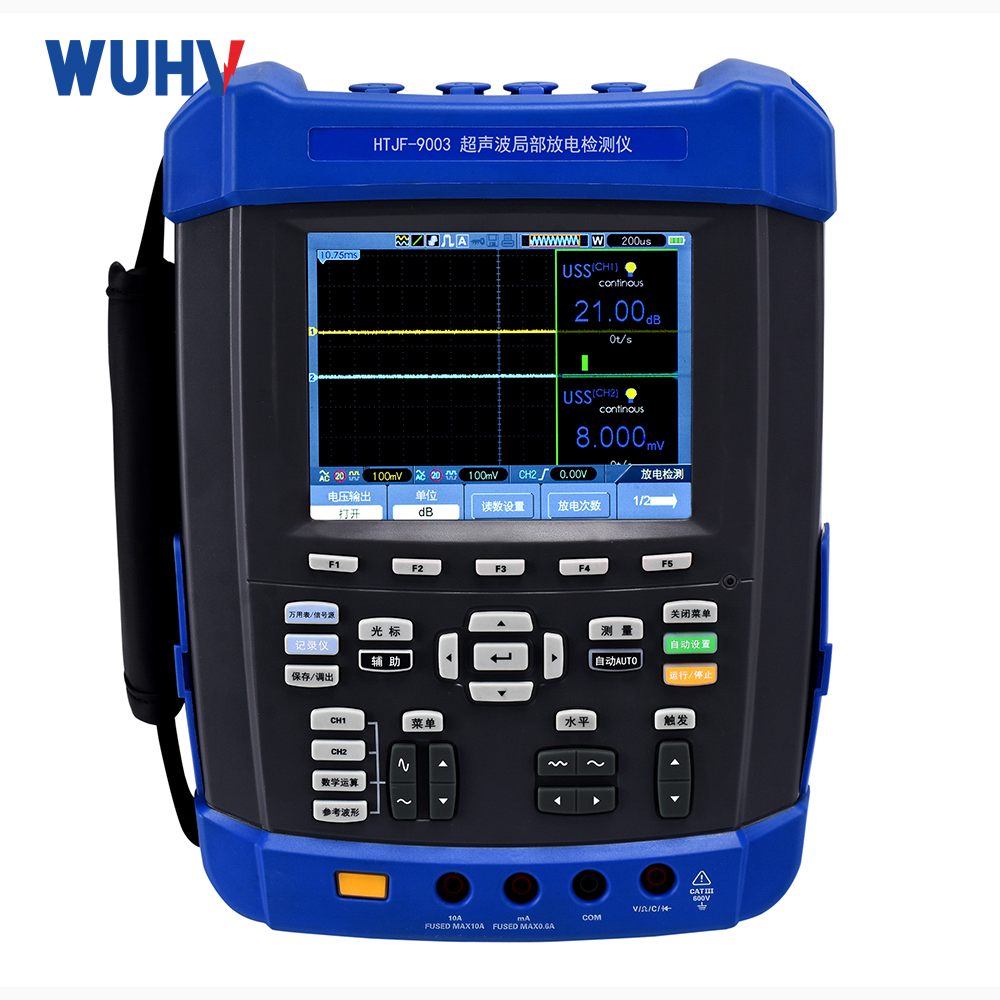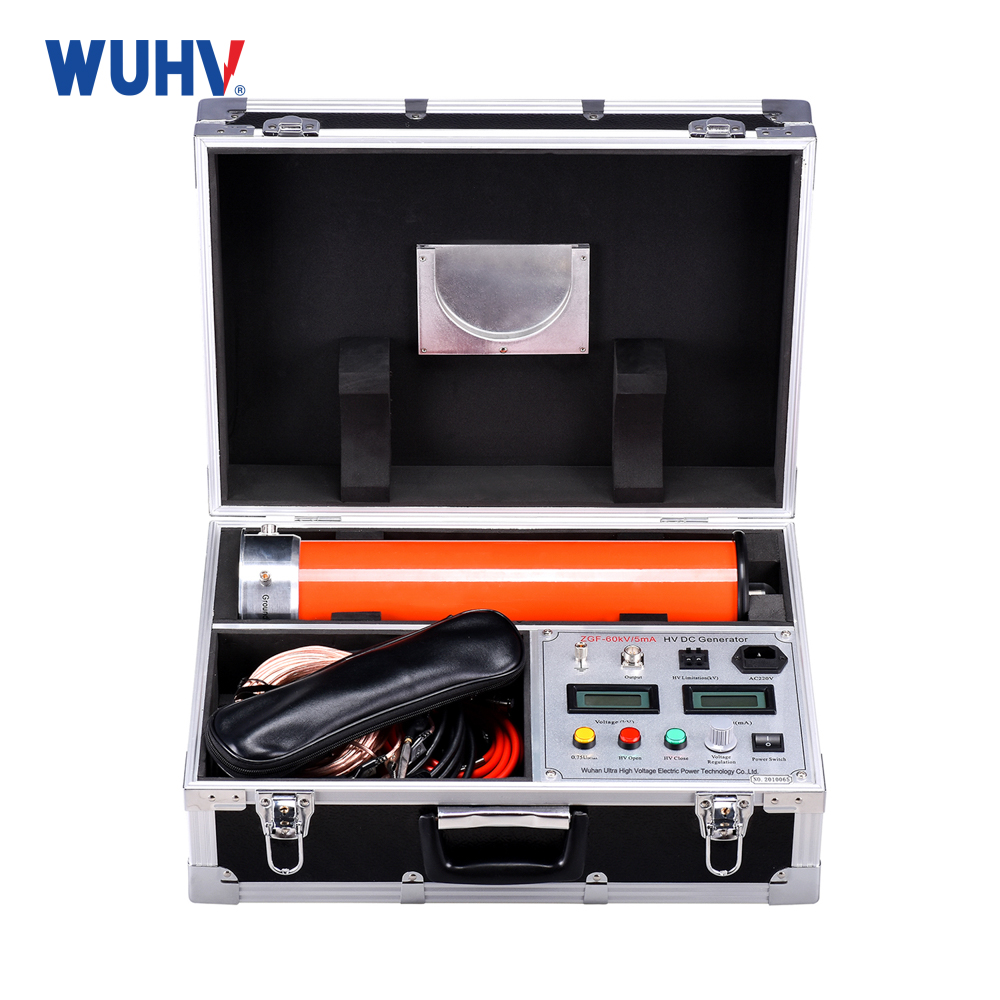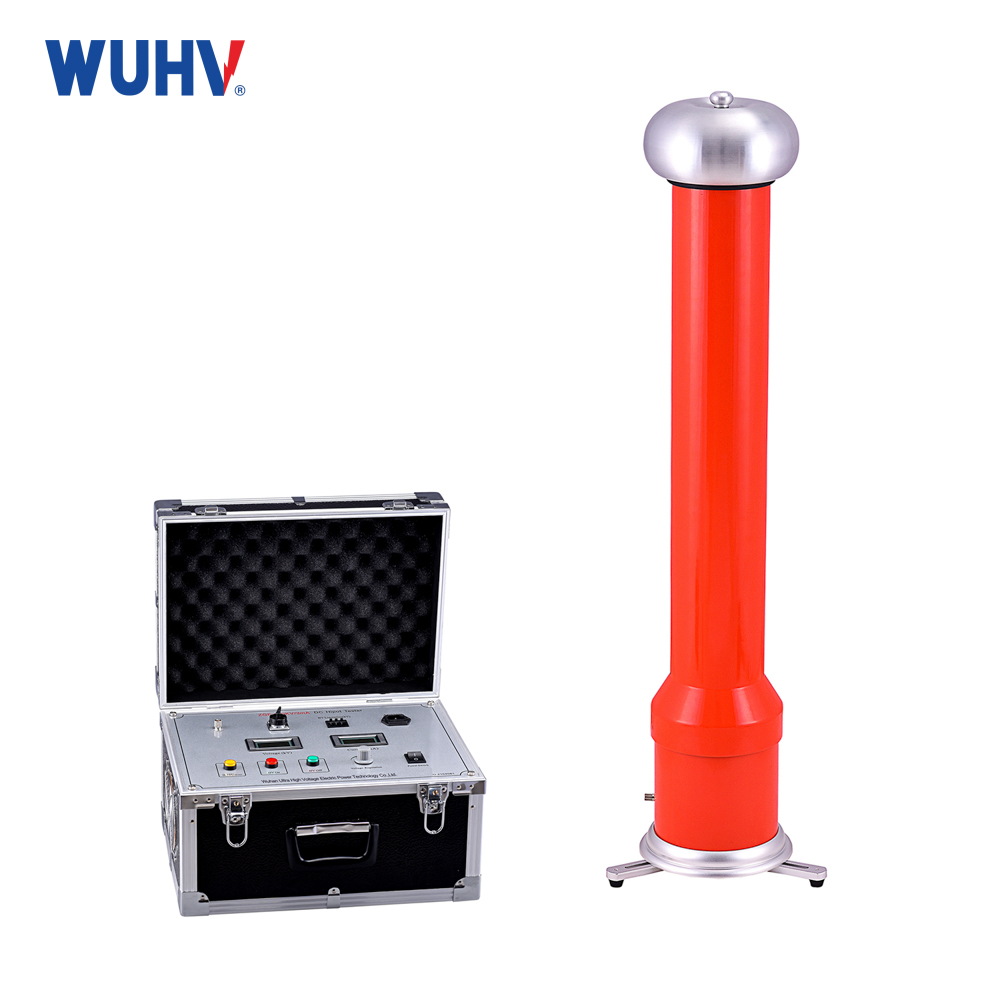AC withstand voltage test is an effective and direct method for identifying the insulation strength of power equipment, and is an important component of preventive testing. In addition, since the AC withstand voltage test voltage is generally higher than the working voltage, the equipment has a large safety margin after passing the test. Therefore, AC withstand voltage test is an important means to ensure the safe operation of power equipment. A complete set ofvariable frequency series resonance test equipmentis generally selected for the AC withstand voltage test.
Determination of experimental voltage
In the AC withstand voltage test, the key issue is to correctly select the value of the test voltage, on the one hand, to ensure the insulation level; On the other hand, the test voltage caused by insulation degradation should be considered,and the following factors should generally be taken into account.
1. Possible overvoltage values, duration, and frequency on the test sample; If the possibility of the test sample being subjected to high overvoltage is very low, there is no need to use high overvoltage; If the test sample (such as a generator directly connected to an overhead line) may be subjected to high overvoltage, the test value should be appropriately increased in voltage.
2. The insulation level of electrical equipment.
3. Equipment insulation condition. Due to various conditions during operation, insulation gradually deteriorates and insulation performance decreases. Therefore, when determining the test voltage, the degree of insulation damage and service life should be considered. For example, the test voltage of the operating equipment should be 75% to 90% of the factory voltage.
Factors affecting insulation AC withstand voltage breakdown
1. Temperature. The temperature has a significant impact on the insulation breakdown voltage. As the temperature increases, the dielectric loss increases and the heat dissipation conditions are poor. An increase in temperature can cause a decrease in breakdown voltage.
2. Power frequency. The power frequency is closely related to the dielectric loss. As the dielectric loss increases with the increase of power frequency, the breakdown voltage is also directly related to the power frequency; For example, the breakdown voltage at 50Hz is 10% lower than that at 25Hz.
3. Pressure application time. The voltage action time has a direct impact on insulation breakdown. If the applied voltage is high, the breakdown time is short. If the applied voltage is low, it takes a longer time for breakdown to occur.
4. Moisture level. The insulation breakdown strength will decrease after being damp, and materials that are not easily hygroscopic will become damp when the breakdown voltage reaches about half after being damp; Materials that are prone to moisture absorption may have a pressure resistance of only 1% when exposed to moisture.
Analysis of the complete set of AC withstand voltage test results forvariable frequency series resonance test device
In general, the tested product is considered qualified if there are no faults during the testing period with AC voltage, but it is not qualified.
Whether the test sample has decomposed can be judged based on the following conditions:
1. According to the analysis of the meter connected during the experiment, in general, if the ammeter suddenly rises, it indicates that the test object has broken down (overcurrent relay action, automatic tripping). However, when the ratio of the capacitance reactance XC of the test object to the leakage reactance XL of the test transformer is not greater than 2, although the test object has broken through, the ammeter indication will not change significantly, and sometimes the ammeter indication may even decrease. When this situation occurs, the voltage on the high voltage side should be monitored based on the measuring voltage device on the high voltage side. The voltmeter measured on the low voltage side also needs to drop, but sometimes it is not very noticeable.
2. According to the analysis of the status of the experimental control circuit, if the setting value of the overcurrent relay is appropriate, the overcurrent relay will actuate and the electromagnetic switch will trip when the test object is broken down; If the setting value is too small, the overcurrent relay can trip during the boosting process due to the excessive capacitance current of the test sample.
3. Analyze based on the status of the sample. During the experiment, it is not allowed for the test substance to produce breakdown noise, intermittent discharge noise, smoke, gas, burnt smell, jumping fire, or combustion, and the cause should be identified; If it is found that this situation comes from the insulation part of the test sample, it can be considered that there is a problem with the test sample or it has indeed been broken down.


